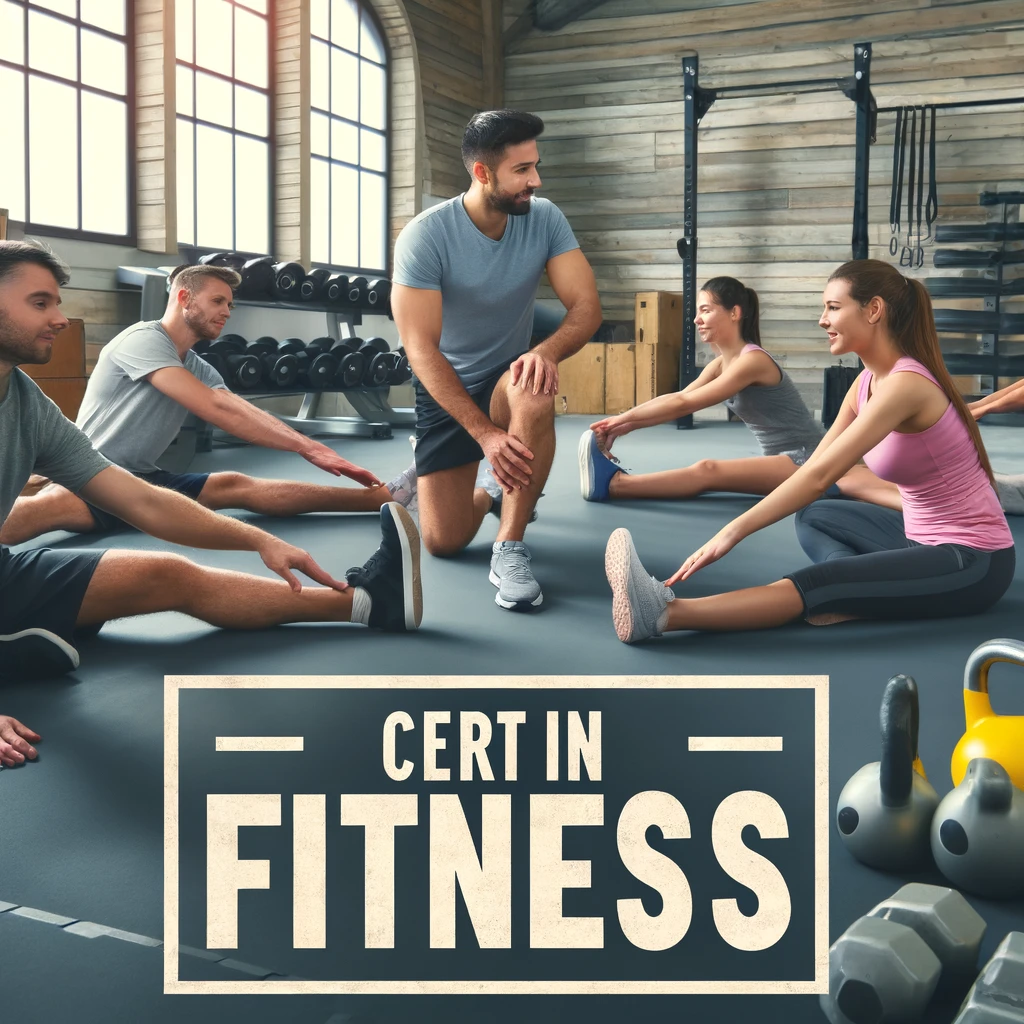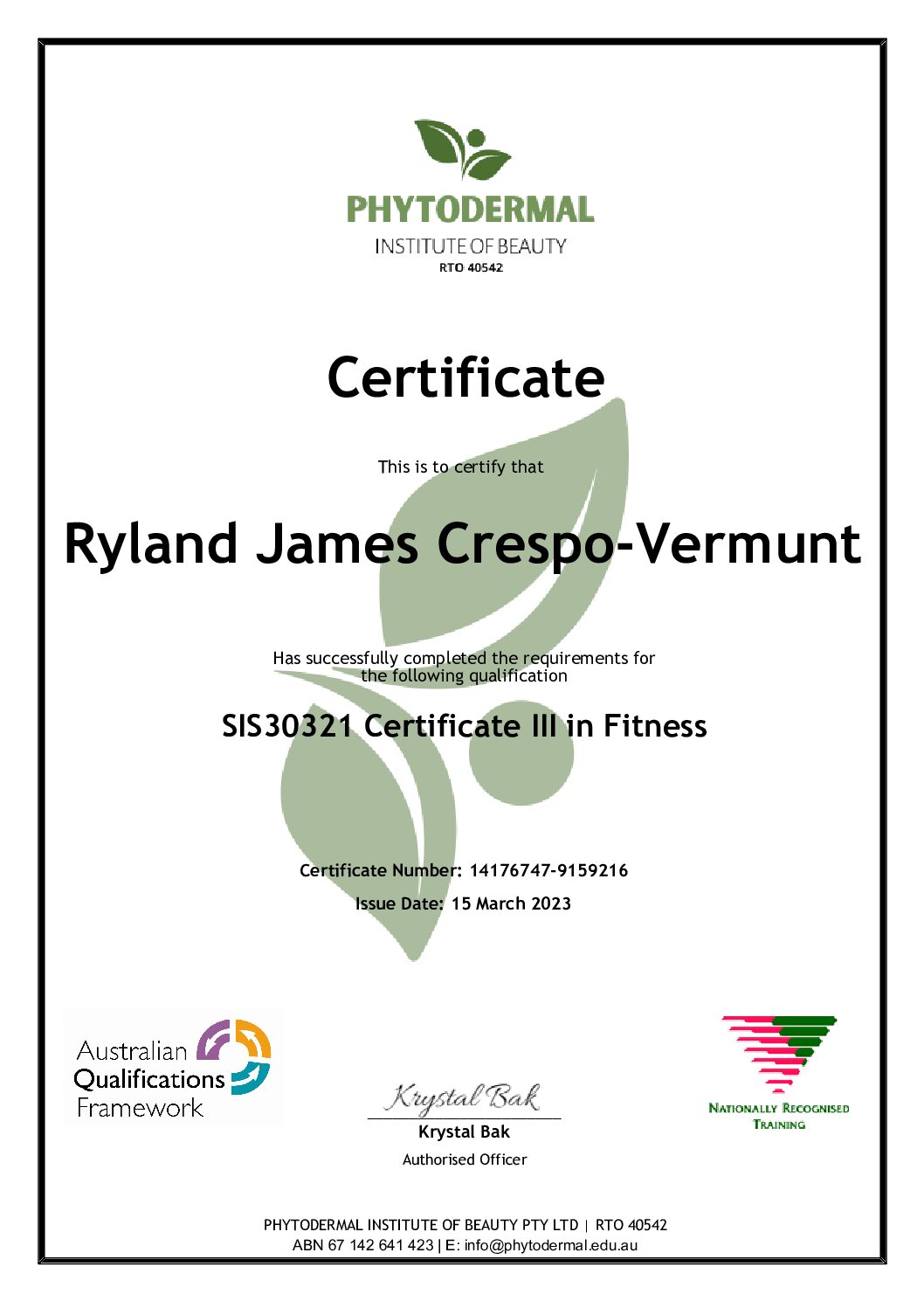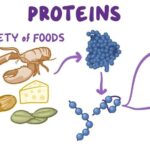Hey there! I’m Ryland, your go-to fitness instructor. I’m here to guide you through what you need to know about the SIS30321 Certificate III in Fitness in Australia. This certification is your entry ticket into the world of fitness professionals. Let me help you understand what it’s all about, what you’ll learn, and how you can implement these skills in a gym setting.
Understanding the SIS30321 Certificate III in Fitness
The SIS30321 Certificate III in Fitness is designed for individuals who are passionate about health, fitness and want to start a career as a professional fitness instructor. This certification is nationally recognized in Australia and is often considered the minimum requirement for those looking to work in gyms, fitness centers, and various other settings where fitness instruction is needed.
This certificate primarily focuses on the role of an instructor who leads and demonstrates effective exercise sessions in a group or one-on-one setting. It’s all about gaining the foundational skills and knowledge to provide safe and effective workout instructions, assess client fitness levels. Offering motivational support to help clients achieve their health and fitness goals.
What You Will Learn
The journey to becoming a certified fitness instructor through the SIS30321 Certificate III in Fitness is comprehensive and structured to ensure you are ready to step into the fitness world with confidence. Here’s a breakdown of the key areas you’ll cover:
1. Anatomy and Physiology
Understanding the human body is crucial. You’ll dive deep into anatomy and physiology to grasp how the body works, especially in response to exercise. This includes studying the musculoskeletal system, cardiovascular system, and respiratory system to understand how these impact and are impacted by exercise.
2. Principles of Fitness
You’ll learn the foundational principles of fitness, including the types of fitness (like aerobic, anaerobic, flexibility, and strength training), principles of training (like frequency, intensity, time, and type – FITT), and how to apply these principles in designing workout programs.
3. Health Screening and Fitness Assessment
Before starting any fitness program, assessing a client’s health status and fitness level is essential. You’ll learn how to conduct health screening and use various fitness assessment techniques to evaluate clients’ baseline health and fitness levels. This helps in creating personalized training programs and setting realistic fitness goals.
4. Nutrition Basics
A good fitness program is paired with solid nutrition advice. In this certification, you’ll touch on the basics of nutrition, learning how to provide general dietary advice to support your clients’ fitness goals. Understanding macronutrients, micronutrients, and hydration strategies are all part of this area.
5. Program Design and Implementation
Here’s where you put theory into practice. You’ll learn how to design and deliver fitness programs. This includes creating individual and group exercise sessions that are both effective and engaging. You’ll cover various training modalities, including circuit training, strength training, HIIT, and more, ensuring a wide range of workouts for your clients.
6. Communication and Client Motivation
A huge part of being a fitness instructor is the ability to communicate effectively and motivate your clients. You’ll develop these skills, learning how to listen actively, provide clear instructions, and use motivational techniques to keep clients committed and moving towards their goals.
7. Safety and First Aid
Ensuring the safety of your clients is paramount. You’ll learn about risk management and how to address safety concerns in a fitness setting. This includes first aid training, understanding how to respond to emergency situations, and creating a safe workout environment.
8. Professionalism and Ethics
As a fitness professional, maintaining a high standard of ethics and professionalism is key. This part of the course covers the ethical considerations of working with clients, including confidentiality, professional boundaries, and the importance of continuing professional development.

Implementing Your Skills in a Gym Setting
Once you’ve completed your certification, it’s time to bring what you’ve learned to life in the gym. Here’s how you can implement these skills:
1. Teaching Exercise Classes
You can lead group exercise classes like aerobics, spin, HIIT, or yoga. Use your knowledge of fitness principles to design sessions that are suitable for all levels, ensuring that everyone is challenged yet able to participate safely. Remember, the key is to be clear in your instructions and demonstrations, and always be ready to offer modifications for different fitness levels.
2. One-on-One Training
With your skills, you can offer personal training services. This involves working closely with clients to develop tailored fitness programs based on their fitness assessments. Here, you can apply your anatomy and physiology knowledge to ensure exercises are performed with correct form and effectively target the desired muscle groups or fitness outcomes.
3. Fitness Program Development
Use your program design skills to create varied workout plans that cater to different goals, whether it’s weight loss, muscle gain, improved endurance, or flexibility. Be sure to incorporate a mix of cardiovascular, strength, and flexibility exercises based on your clients’ needs and goals.
4. Client Evaluation
Regularly assess and evaluate your clients’ progress. This could be through formal fitness assessments or by monitoring their ability to perform certain exercises. Use this data to adjust their programs, ensuring they continue to progress and remain motivated.
5. Ensuring Wellbeing
Beyond physical training, be a source of support for your clients. Offer advice on lifestyle changes and stress management techniques that can enhance their overall wellbeing. Remember, sometimes a listening ear can be as important as a tough workout!
Certificate III in Fitness
A Certificate III in Fitness is not just about teaching exercises; it’s about changing lives. You’ll have the knowledge and skills to help others achieve their fitness goals, improve their health, and ultimately enhance their quality of life.
As you step into this exciting career path, remember that every client is unique, and part of your job is to tailor your approach to fit their individual needs and aspirations. Stay committed to learning and growing as a fitness professional, and you’ll find this career to be as rewarding as it is challenging.
Good luck, and here’s to a fit and healthy future! Contact me for further information.





